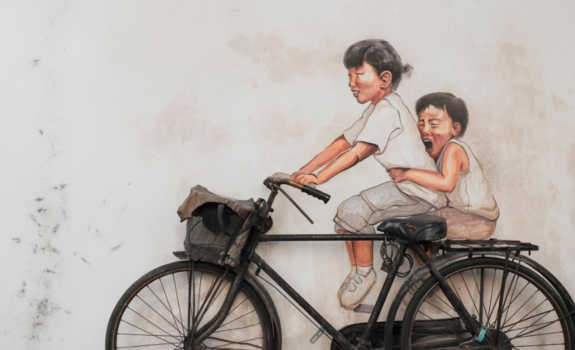Dreams in colour
Colour holds great meaning to most artists, who may analyse a hue in the same way an accountant analyses figures. For most artists, there is never a colour that is simply green or orange, though each of us sees and feels colours differently.
Orange, though each of us sees and feels colours differently. In the Dreaming in Colour, Clare Maria Wood, Mary Jones and Rachel Williams exhibit use of colour in very different ways. From the use of vibrant, pure colour that uplifts to the contrast of colour not used in its purest form as well as the use of subtle colours that can have a calming effect.

Storytelling
CM Wood’s depth of colour is influenced by the rhythms of nature and the light as it changes through the seasons. M Jones’ mosaic ceramic heads capture some of the features of people she has met when travelling and have a playful quality.
R Williams, from New Zealand, rarely uses a brush in her paintings, instead preferring to use cardboard, acetate, cloth and bubble wrap to make unique marks. Inspired by the landscape and the built environment, her paintings can appear to be abstract.
An exhibition of works by Sabina Pieper and Steve Fricker
Project their individual view of the exhibition’s themes: ‘narrative’ and ‘storytelling’. S Pieper’s paintings focus on Tudor portraiture and opulence, the impact of which believe the fact that she only began dedicating time to her art about five years ago.
Chelsea School of Art graduate and political cartoonist, Steve Fricker has always been interested in still life and about people’s relationship with objects, which he has taken into narrative paintings. By the nature of his cartoonist work, S Fricker’s work has a socio-political focus of where we are politically today and historically.
Sharing their story through their artwork provides the opportunity to look at different layers: the artist’s story, the curator’s story and the story of the audience. Perhaps when art is created, it no longer belongs to the artist?